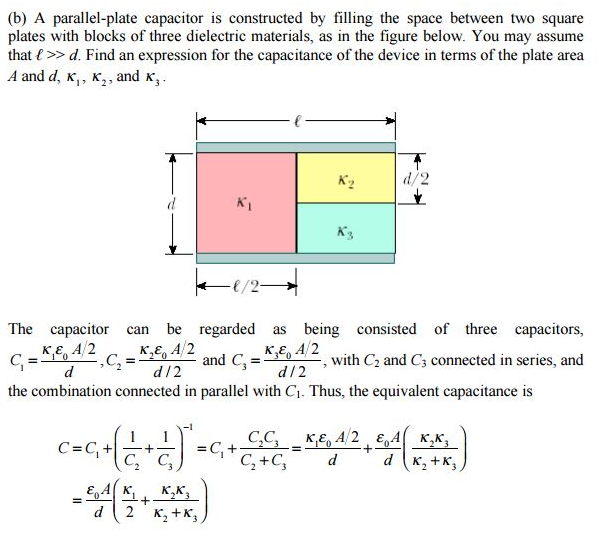By Arvind Krishnan |
25/01/2017
What is a capacitor?
A capacitor stores electrical energy differently from a battery. While batteries rely on chemical reactions to produce and transfer electrons, capacitors redistribute electrons without generating them. Capacitors can be charged by connecting them to a battery, after which they store the charges for later use. A basic capacitor, like the parallel plate capacitor, consists of two metallic plates separated by a distance and filled with air or a dielectric material.
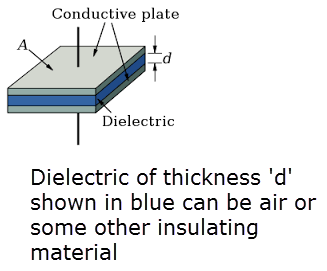
Figure 1 - Parallel plate capacitor
How does a capacitor store charge?
When a capacitor connects to a battery, it charges as electrons move from the top plate to the bottom, creating a positive charge on top and a negative charge on the bottom. Despite this, the capacitor remains electrically neutral overall. Connecting the charged capacitor to a load like a light bulb allows electrons to flow through the bulb, making it glow. This continues until the capacitor's plates return to an electrically neutral state, causing the bulb to stop glowing.How are capacitors measured?
Capacitors are rated based on their capacitance, measured in Farads or Microfarads. Capacitance indicates the amount of charge a capacitor can hold, with higher capacitance values corresponding to a greater charge storage capacity.What role does the dielectric play?
The dielectric in a capacitor is crucial because it determines the capacitor's ability to store charge. As the capacitor charges, the dielectric builds up an electric field. If this field becomes too strong, it can cause a dielectric breakdown, turning the dielectric into a conductor and preventing further charge storage. Therefore, selecting the appropriate dielectric is vital for ensuring the capacitor's reliability and functionality.A capacitor with multiple dielectrics
In Figure 2, the capacitor's parallel plates are filled with three dielectrics. The objective is to find the capacitance of this capacitor using electromagnetic simulation software, EMS.
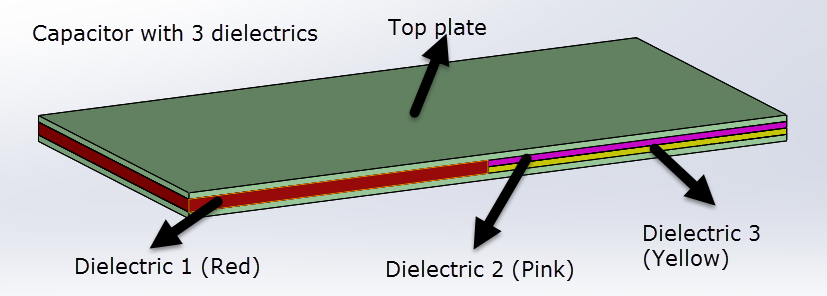
Figure 2 - Capacitor with 3 dielectrics
EMS can- Compute the capacitance of this capacitor
- Compute the electric field in the dielectric region
- Predict if any breakdown occurs
Capacitance calculation EMS results
According to EMS, the capacitance value is 6e-11 Farads (Figure 3). Figure 4 illustrates the electric field distribution in the dielectric region when the capacitor is connected to a 12 V battery.
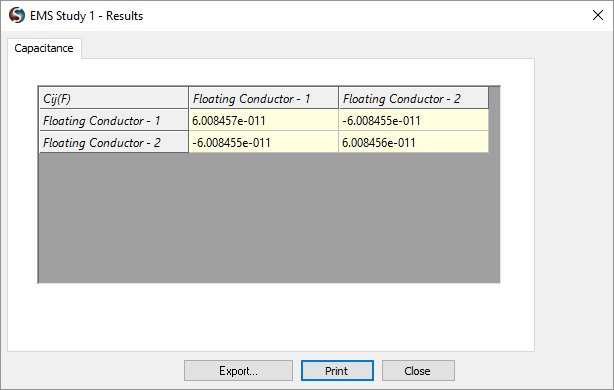
Figure 3 - Capacitance as computed by EMS
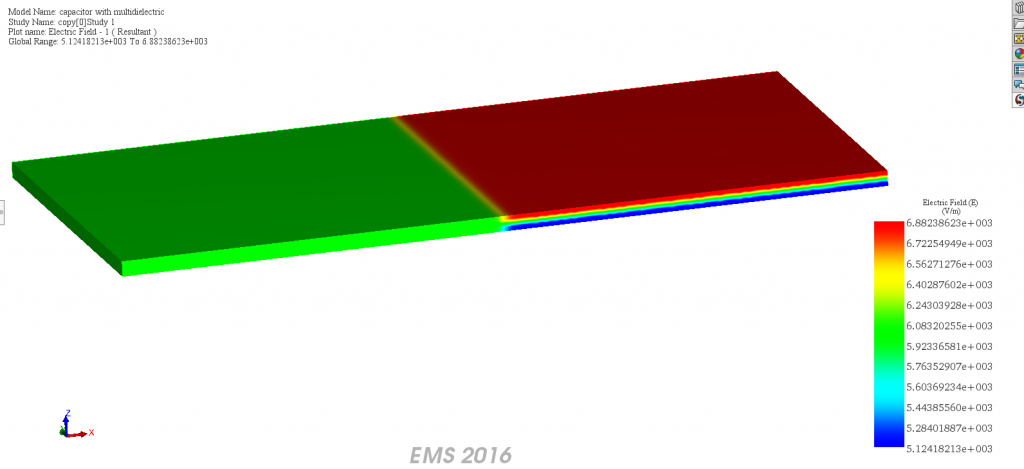
Figure 4 - Electric field distribution in the dielectric
Validation
| Theoretical Result | EMS Result | |
| Capacitance (F) | 60.08e -12 F | 60.084e -12 F |
